Multifaceted damage due to traffic jams
Traffic congestion has long been one of the serious problems affecting major cities around the world. Not simply a situation where vehicles are congested, moving at very slow speeds or cannot move, traffic congestion also entails serious consequences for the economy , environment and quality of life. Reports from organizations around the world have repeatedly warned about the consequences of this "chronic disease". For example, the World Bank (WB) has pointed out that each year, traffic congestion can cause losses of up to billions of dollars due to lost time, fuel and reduced labor productivity.
In Vietnam, in big cities like Hanoi or Ho Chi Minh City, the sight of traffic jams, moving slowly during rush hour, has become a daily nightmare for millions of people. Spending an average of 2 to 3 hours a day commuting not only wastes time, but also directly impacts people's physical and mental health. This, in turn, affects their quality of life.
Not only is it a burden on people’s lives, in the long run, this “chronic disease” also consumes huge national resources. Specifically, the economic losses caused by traffic congestion in Hanoi and Ho Chi Minh City are estimated to be huge each year, with the loss of revenue from fuel consumption accounting for about 30-35% of total daily transportation costs.
According to the Report on the Development of the Capital's Transport Sector recently published by the Institute of Economic and Financial Strategy and Policy ( Ministry of Finance ), Hanoi alone spends 1.2 billion USD each year due to traffic congestion, if only fuel costs are calculated. However, the actual figure could be much larger if other costs such as loss of working hours and decreased labor productivity are taken into account. The report also clearly states that the cause of this situation stems from the growth rate of transport infrastructure of only about 0.03% per year, significantly lower than the growth rate of personal vehicles.
Need breakthrough solutions
In the context of traffic congestion causing daily and hourly damage to individuals and organizations, and hindering the economic development of localities and the country, finding breakthrough and truly effective solutions is more urgent than ever. Because, although many solutions have been researched and implemented, the situation of "clearing this place, getting stuck there" still persists, causing the problem of traffic congestion to almost "stand still".
One of the solutions that has received much attention recently is the application of technology to traffic management. Reality from many countries shows that the application of modern technology contributes significantly to controlling and coordinating traffic in a smarter way. In particular, the trend that is popular globally is the integration of artificial intelligence (AI). Through a network of sensors, cameras and real-time data, AI can predict traffic flow, adjust traffic signals and warn of congestion points early.
In addition to the technology application solution, another notable proposal to reduce traffic congestion in big cities was recently proposed by National Assembly Delegate Nguyen Van Canh (Binh Dinh Delegation) at the discussion session on the draft Resolution of the National Assembly related to the mechanism for handling difficulties and obstacles caused by legal regulations. Accordingly, he proposed applying the “zipper” rule when merging lanes to reduce traffic congestion. This is the second time he has made this proposal at the 9th Session of the 15th National Assembly.
The “zipper” rule, according to National Assembly Delegate Nguyen Van Canh, is understood as each lane is given priority to take turns to merge. At the lane merge point, vehicles from different lanes will merge into the main lane in an alternating manner, similar to the way the teeth of a zipper intertwine. For example, one vehicle from the left lane, one vehicle from the right lane, alternately merge into the main lane. According to National Assembly Delegate Nguyen Van Canh, this is a non-financial solution but brings great efficiency, contributing to improving the efficiency of infrastructure use nationwide.
“This rule helps reduce traffic congestion, allows vehicles to move more smoothly and quickly, reduces driver frustration because everyone will have their turn in order without having to jostle, creates fairness for drivers when everyone only spends the same amount of time to get through the congestion point, helps to arrange school hours, work hours, appointment hours, and playtimes accurately,” said National Assembly Delegate Nguyen Van Canh. He added that many states in the US have applied this rule and congestion has decreased by 40-50%.
Source: https://baophapluat.vn/giam-un-tac-giao-thong-tai-cac-thanh-pho-lon-can-giai-phap-mang-tinh-dot-pha-post553035.html




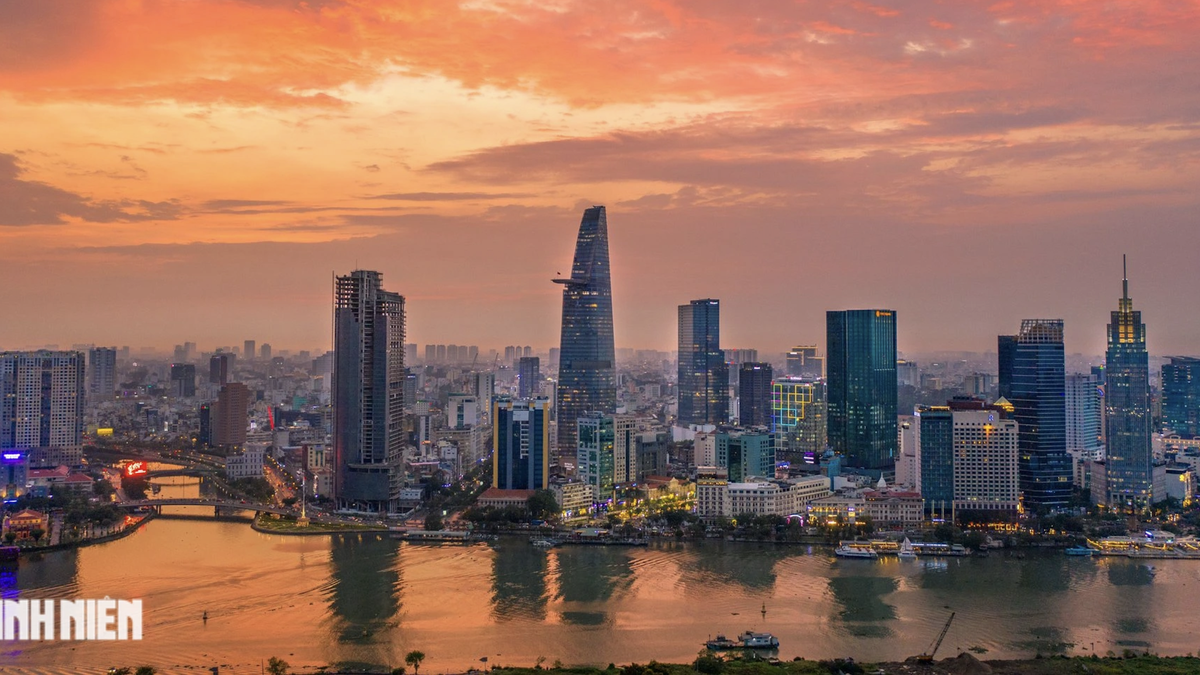
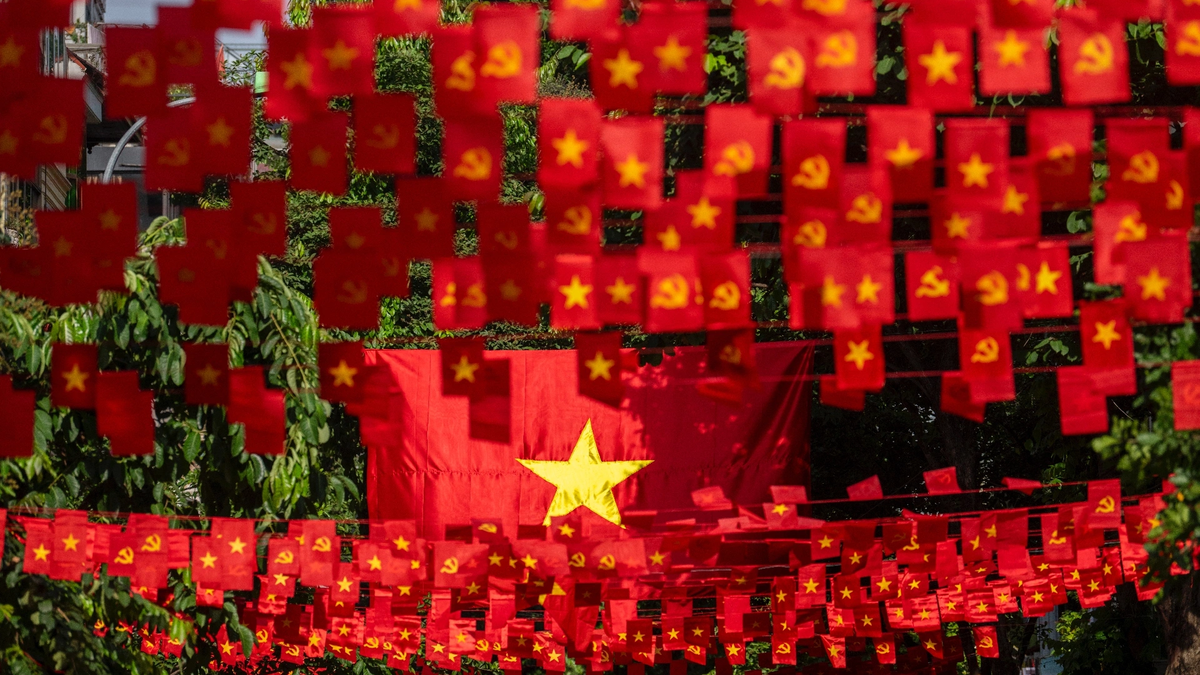
![[Photo] General Secretary To Lam attends the 80th Anniversary of the Cultural Sector's Traditional Day](https://vphoto.vietnam.vn/thumb/1200x675/vietnam/resource/IMAGE/2025/8/23/7a88e6b58502490aa153adf8f0eec2b2)


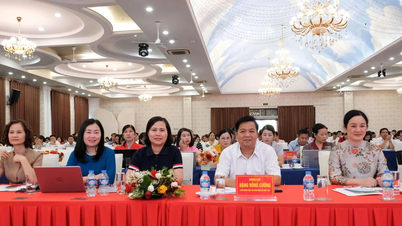









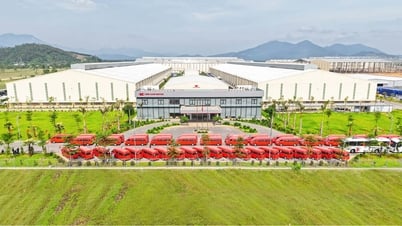




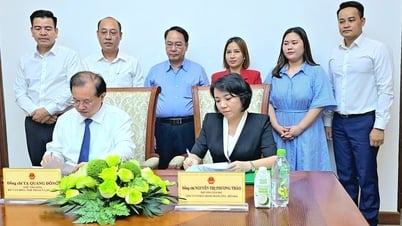

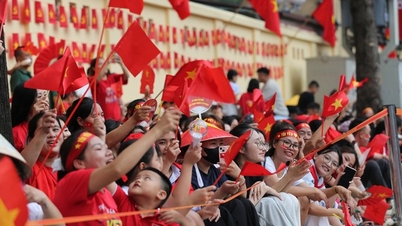

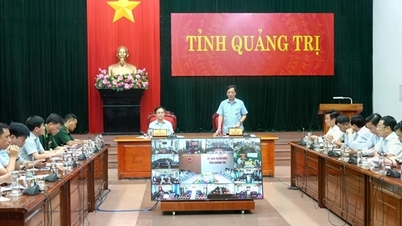




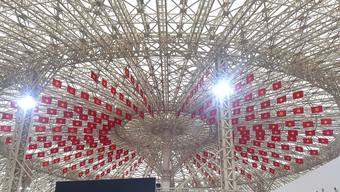




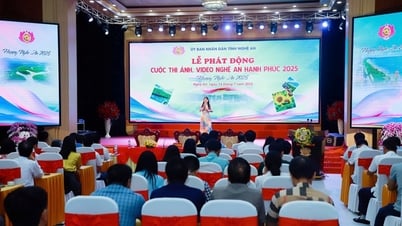
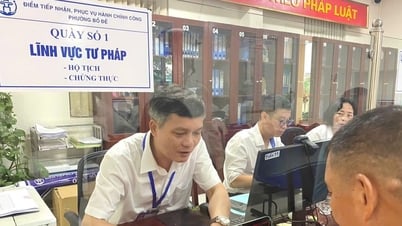

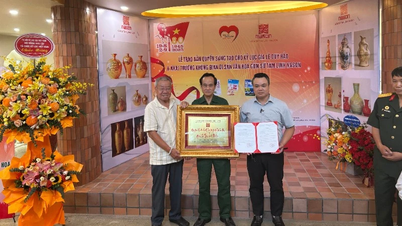



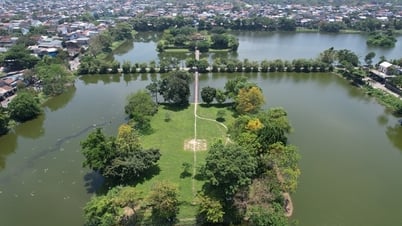

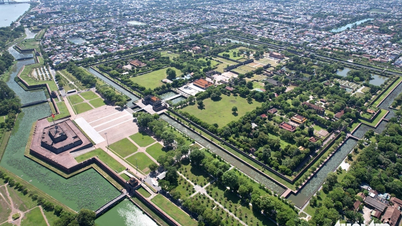






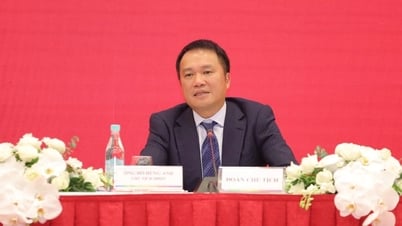







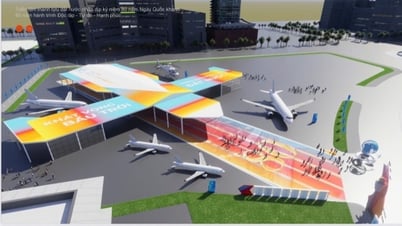



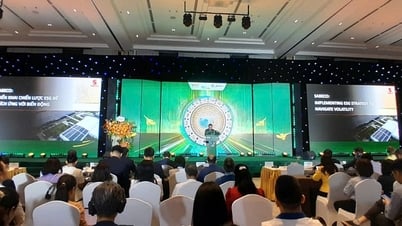



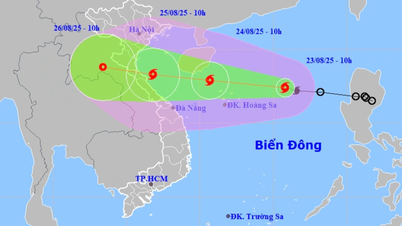


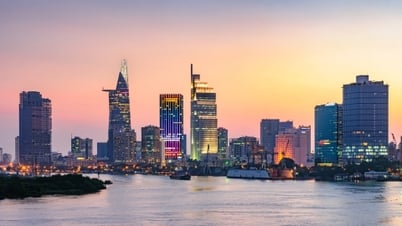

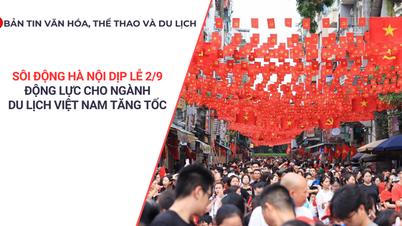





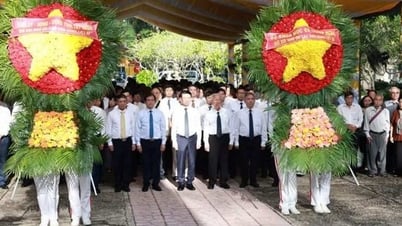


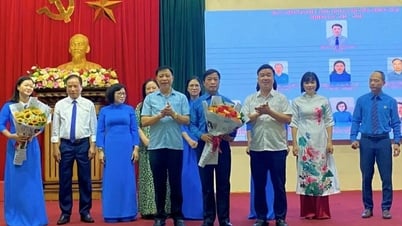

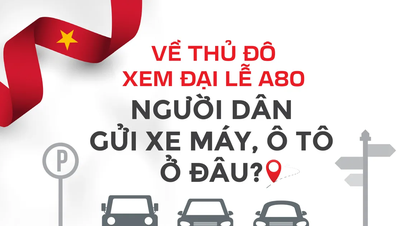


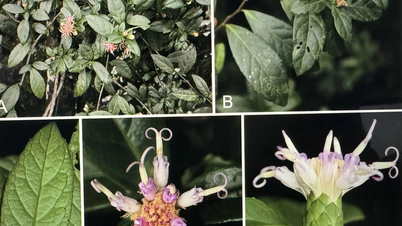



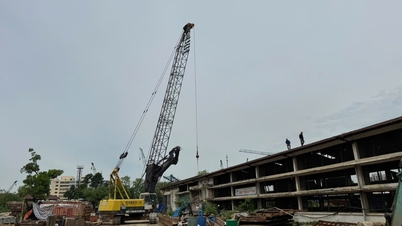
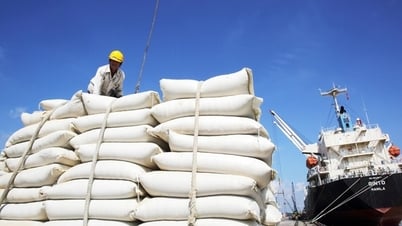




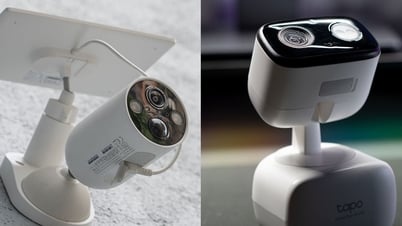
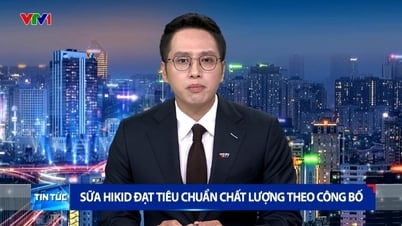






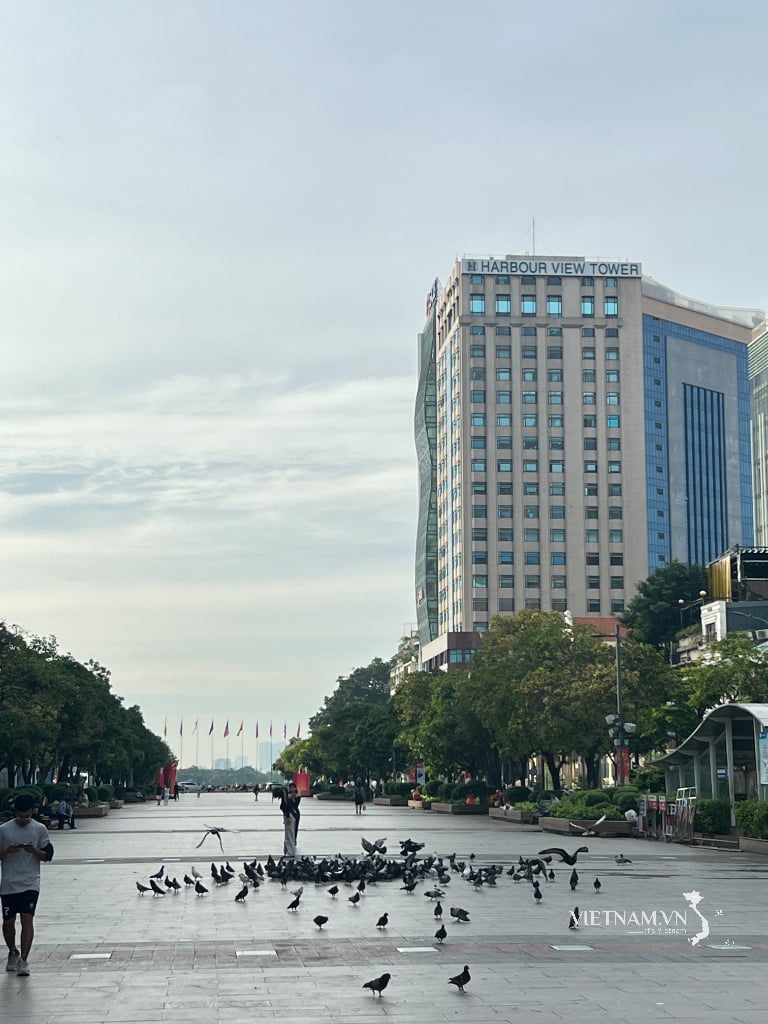
Comment (0)